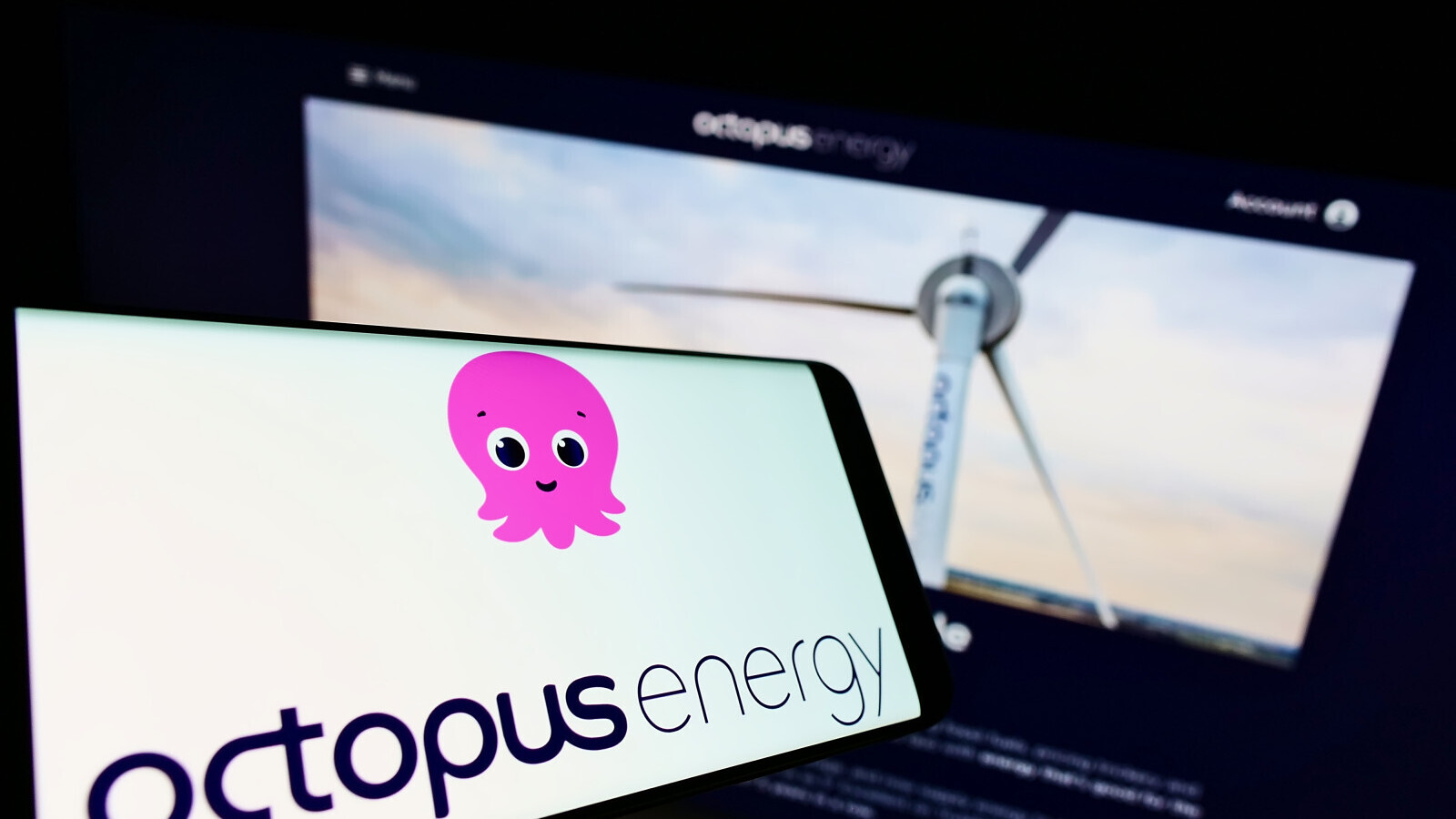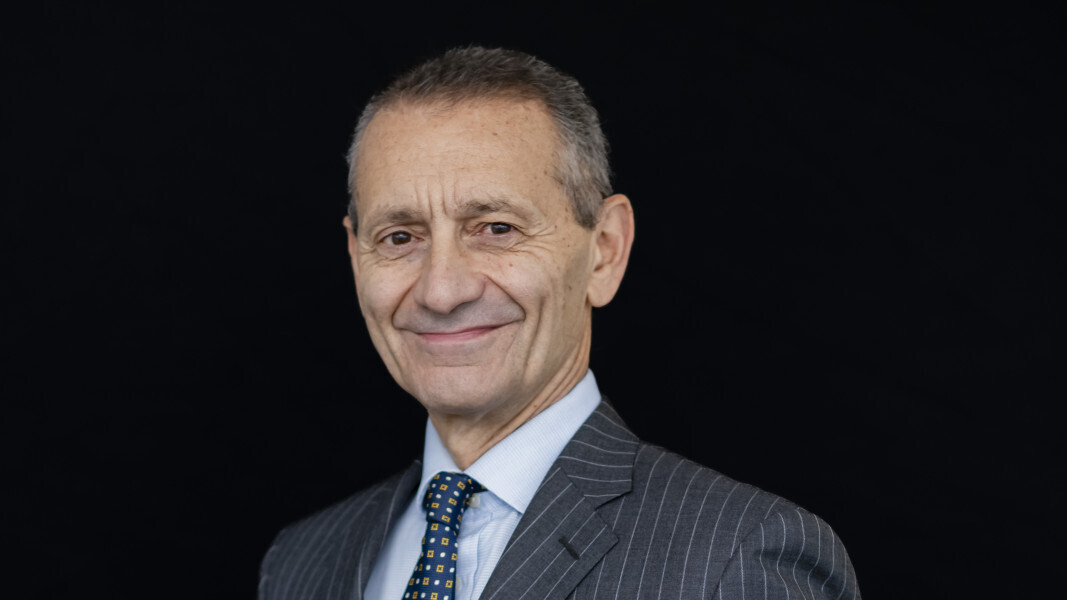
CIO of Dutch pension PMT: ‘simply impossible to only invest in aligned assets’
Hartwig Liersch, since 2017 the chief investment officer of Dutch pension fund PMT, opens up about his scheme's net zero investment strategies
Net Zero Investor reported earlier this week that Netherlands-based pension fund Pensioenfonds Metaal & Techniek (PMT) had acquired a 15% Stake in the 731.5MW Borssele III and IV offshore windfarms.
The transaction was undertaken through PMT's regular pension investment partner MN, which is investing €600m on behalf of the pension, together with the Nuveen European Core Renewable Infrastructure fund.
Dutch media hailed the investment as 'bold' and relatively large. The investment illustrates the amount of equity pension funds in this part of Europe are prepared to dedicate to renewables.
Dutch schemes are often singled out as global net zero investment pioneers and PMT intends to invest €4 billion in renewables before 2030.
Time for Net Zero Investor to check in with Hartwig Liersch, since 2017 the chief investment officer of PMT, which is the third largest pension fund in the Netherlands, with 1.4 million pension plan participants and $81 billion in assets under management.
Many pension funds receive criticism for not having a credible net zero plan, or a strategy in name only. You told me earlier that is not the case at PMT, so why is yours different?
With our climate actions PMT aims in the first place to contribute to a reduction of real world emissions. We recognise that in order to make real world impact, we need to invest in companies that provide solutions rather than simply reduce the carbon footprint of the portfolio. PMT believes that it needs to invest in carbon intensive sectors, in companies that are willing and capable to realize the energy transition.
Sure, but how does that play out in practice?
PMT divests from the laggards within carbon intensive sectors and uses its influence as an active investor to stimulate the companies remaining in the portfolio to take further steps. We focus on alignment of its assets, and wants each investment to become in line with a 1,5 degrees pathway, to do what’s necessary to reach the goals of the Paris Agreement.
We specified carbon reduction targets per sector for 2030 for most of the carbon intensive sectors PMT invests in, because we believe that these sectors realize the change we need and aim for. We recognise that it is not possible and sensible to only invest in aligned assets in the world in which we invest today, and that it will also depend on the actions of governments, companies, and other investors whether we will be able to do so in 2030. PMT can’t do this alone, but we intend to take a big step ahead in the investment portfolio compared to the world economy.
Since you cannot do this alone, how do you see the role of asset owner community as a whole in shaping the net zero agenda?
Asset owners can invest in solutions and use their influence as an investor to stimulate companies and governments to become aligned with a 1,5 degrees pathway. Asset owners can stimulate data providers and policymakers to provide the data that they need in order to distinguish the laggards from the leaders. It is important that they share their experiences with other investors and aim to use the instruments that they have at their disposal in an efficient way, while maintaining the risk-return profile of their portfolio fitting for their beneficiaries.
"We recognise that it is not possible and sensible to only invest in aligned assets in the world in which we invest today."

You said earlier PMT aims to contribute to a reduction of real world emissions. So how do you 'green' your investment portfolio? What do you look out for?
We use several instruments: engagement, a voting policy, screenings and divestments, manager selection and monitoring, and impact investments. For example, within the impact investment portfolio PMT invests in investments that directly contribute to the energy transition, such as renewable energy projects. We aim to invest €4 billion in these investments before 2030.
We use screenings, for example, in the passively managed equity portfolio, in which the 20% lowest scoring companies on an energy transition score are removed from the benchmark in the carbon intensive sectors. When selecting and monitoring active managers, PMT takes into account their climate policy. Also, we contribute to carbon emissions reduction by renovating the assets in the real estate portfolio.
You mentioned engagement, monitoring, a voting policy: given the most recent proxy season incredibly hot topics as opinions differ on how effective pension funds have been in a range of different markets. How does PMT go about this?
We have an extensive stewardship program with about 150 companies on its focus list. We have several thematic engagement programs that cover the environmental, social and governance pillars. For all engagement programs objectives are set. To measure progress, every program is monitored on a detailed scorecard that includes subgoals and milestones of the set objectives.
Can you single out one of these programs?
Sure, the largest program is the energy transition engagement program, encompassing all oil and gas companies in the listed equity portfolio, four utilities and seven heavy emitting companies from the demand side of the energy markets. PMT expects all companies to formulate CO2-reduction targets for material emissions and align them with pathways to 1,5 degrees, credible decarbonization strategies and reporting according to international standards.
You mentioned your focus list earlier, so to what extend do you actually engage and interact with the companies you invest in? How do you apply pressure?
We have a customized voting policy that is applied to all our investments in the listed equity portfolio. Additionally, for some of the engagement programs, such as the energy transition, biodiversity and living wage and living income program, an additional escalation strategy is being set up and applied for the companies that are part of the engagement program. Examples of escalation are sending public letters to the management with a reiteration of our asks, reiterating our asks on the AGM's, voting and ultimately divestment.
"We will engage first, then vote against management second and lastly, if nothing changes, PMT divests and places the company on the exclusion list."
For example, in the energy transition engagement program, for the first time this year, PMT sent all companies that do not keep up with PMT’s engagement criteria a letter outlining what we expect from them, and if nothing changes we will vote against management and announce publicly.
MN on behalf of PMT will engage first, then vote against management second and lastly, if nothing changes, PMT divests and places the company on our exclusion list. For companies in de oil and gas sector, PMT has said only to keep the front runners in the sector after the summer of 2023.
Can you give us an example of this? Particularly as we just finished proxy season.
Since this year PMT has launched a new webpage where 10 days prior to a companies' AGM our significant votes are published. We also publicly announce our vote on the PRI proxy voting database to signal our approach to other investors. In addition, PMT filed two shareholder's resolutions at ENGIE and TotalEnergies this year, expecting greater disclosure and regular shareholder consultation from the former and Paris-aligned targets from the latter.
Some of Britain's largest pension funds are currently reviewing their engagement approach, given the limited success during this proxy season.
Yes, we are currently also evaluating our engagement program. Companies in the oil and gas sector that are not frontrunners, such as companies that do not significantly contribute to the energy transition, will be divested. At the same time, a new engagement program is being drafted. It will have an enhanced focus on the demand side of energy.
Many companies in heavy emitting sectors have poor climate targets and CO2-reduction strategies, while they will have to drive down the demand for fossil fuels. In the new engagement program, the oil and gas sector and utilities, supply side companies will be engaged. The enhanced focus on the energy system as a whole, with its various stakeholders, will be novel for PMT. But at the same time, as the pension fund of the Dutch metal & technical sector, this feels close to home.
In practical terms, how do you shape your stewardship policy?
We have a Framework Active Ownership that describes the overall objectives of the active ownership strategy, and the underlying engagement programs and its respective objectives and scorecards. The Framework Active Ownership is updated every year so that the newest developments, insights, and preferences are taken into account. The Framework is annually approved by the investment committee, after which the engagement starts/continues.
How do you make sure this framework is effective?
We believe in the effectiveness of active ownership to steer companies in the portfolio towards better practices. Specifically for climate engagement PMT has a progressive approach. Companies are selected based on their CO2-footprint and analysed using scorecards with 40+ indicators. Scores from the scorecard form the basis for engagement and defines the milestones the company needs follow up on. The milestones and criteria are shared in a letter addressed to the CEO when engagement starts.
So what happens if they score low?
When the company does not progress against the scorecard criteria or sufficiently aligns with the Paris Climate Agreement, PMT can decide to vote against management and for shareholder’s proposals. PMT also has filed multiple shareholder’s resolutions over the past two years. Ultimately we can decide to exclude companies that do not fit within the criteria of the climate engagement program. As a result of the engagement, PMT has already decided to exclude 19 fossil fuel companies without a net zero ambition in October of last year.




